
In July 2014, Malaysia Airlines Flight 17 (MH17), a passenger flight from Amsterdam to Kuala Lumpur, was shot down over eastern Ukraine. Over the next four years, Bellingcat – an independent international collective of researchers, investigators, and citizen journalists – combined open source and social media data with an inquisitive and curious mindset to uncover proof of the Russians involvement in the MH17 tragedy.
Bellingcat made a break in the case when it discovered videos and photos posted online that identified and tracked a Russian Buk TELAR missile system as it made its way through rebel-controlled territory into Ukraine. Bellingcat identified that the Russian military was involved in the MH17 tragedy years before it was confirmed by European officials (Figure 1).
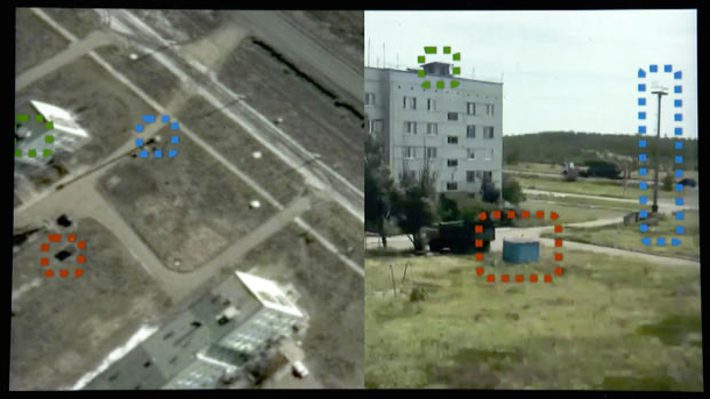
Figure 1: How Bellingcat tracked a Russian missile system in Ukraine
Bellingcat identified the location of the convoy by comparing images posted online to satellite imagery. Matching multiple objects in the images, Bellingcat’s team determined the precise location for each image. The team used shadows in the images to determine the approximate time of day for the photo or video. The trail led them to Kursk, Russia and established that the missile launcher that shot down MH17 came from a Russian brigade[1].
I had my own personal inquisitive epiphany when I was doing research for my blog “Creating Assets that Appreciate, Not Depreciate, in Value Thru Continuous Learning. I suspected that Tesla must be building a massive simulation environment in which to train the Full Self Driving (FSD) module behind Tesla’s autonomous vehicle plans. However, I struggled to find details until it occurred to me to analyze Tesla’s job board! There, I uncovered this job posting for a Tesla Autopilot Simulation, Tools Engineer (note: link is no longer active):
The foundation on which we [Tesla] build these [autonomous vehicle] elements (such as building tools to perform virtual test drives, generate synthetic data set for neural network training) is our simulation environment. We develop photorealistic worlds for our virtual car to drive in, enabling our developers to iterate faster and rely less on real-world testing. We strive for perfect correlation to real-world vehicle behavior and work with Autopilot software engineers to improve both Autopilot and the simulator over time.
Yes, Tesla needed to build this massive cloud simulation environment where individual learnings from each of the 1M+ Tesla cars could share, reuse, and continuously refine those learnings (Figure 2).
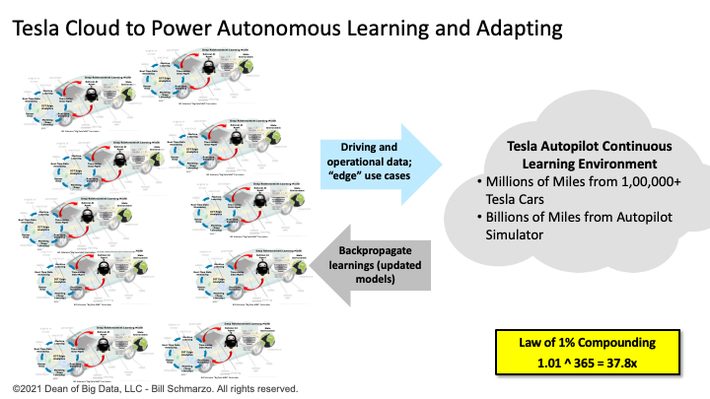
Figure 2: Tesla Simulator Role in Driving Autonomous Vehicle Vision
Curiosity: The Great Human Differentiator
An inquisitive mind, with a curiosity to explore the unknowns, is what humans do naturally. I remember being young (once) and taking apart my dad’s radio to see how it worked (I later explained to him that the radio had extra parts when I put it back together).
Curiosity may be our most important human characteristic when compared to AI-powered machines that are continuously-learning and adapting. Humans can’t learn faster than machines with AI/ML models and their nearly unlimited processing power, unbounded amounts of granular data, and wide range of “learning” mechanisms such as Machine Learning and Deep Learning and Reinforcement Learning and Transfer Learning and Federated Learning and Meta Learning and Active Learning (Figure 3).
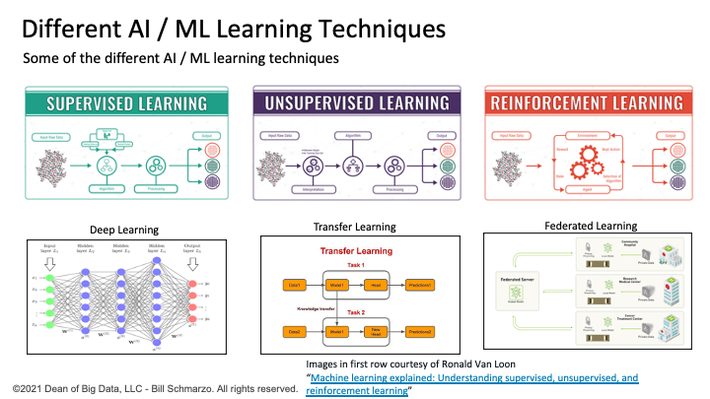
Figure 3: Different types of AI / ML Learning Algorithms
Unfortunately, society goes to great lengths to crush curiosity and an inquisitive mindset in favor of standardization. As a youth, we have standardized classes with standardized curriculums sitting in standardized classrooms with standardized testing. No one is allowed to color outside the lines. But the curiosity crushing doesn’t stop there because we take jobs in organizations with standardized org charts where employees sit like prairie dogs within standardized offices with their standardized job descriptions, standardized performance reviews, and standardized pay grades.
I fear that this standardization will lead to a “lowest common denominator” human development. And to address the range and depth of problems that we face as a society, we MUST go beyond standardization.
The Harvard Business Review article The Business Case for Curiosity discusses the importance of nurturing curiosity and that inquisitive mindset.
Most of the breakthrough discoveries and remarkable inventions throughout history, from flints for starting a fire to self-driving cars, have something in common: They are the result of curiosity. Curiosity is the impulse to seek new information and experiences and explore novel possibilities in search of new solutions to everyday problems and challenges.
The article presents the five-dimensions of curiosity:
- Deprivation sensitivity is recognizing a gap in knowledge the filling of which offers relief
- Joyous exploration (my favorite dimension) is being consumed with wonder about the fascinating features of the world
- Social curiosity is talking, listening, and observing others to learn what they are thinking and doing
- Stress tolerance is a willingness to accept and harness the anxiety associated with novelty
- Thrill seeking is being willing to take physical, social, and financial risks to acquire varied, complex, and intense experiences
The article is a good read if you are seeking ways to get more innovative thinking out of your teams (and yourself).
Great Data Scientists Leverage an Inquisitive Mindset to Redefine the Box
Why am I talking so much about curiosity and developing an inquisitive mindset? Because great data scientists don’t just think outside the box, they seek to redefine the box. Great data scientists are constantly seeking to explore, discover, test, and create or blend new approaches with create new variables that might be better predictors of performance (Figure 4).
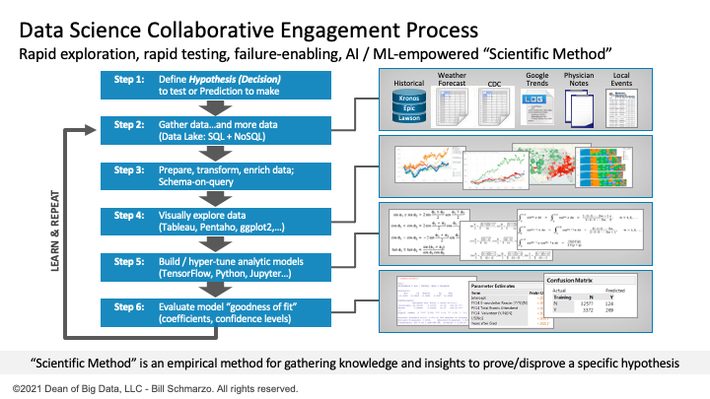
Figure 4: Data Science Collaborative Engagement Process
Might may be the data scientists (and humans) most powerful enabler. Might grants us the license to explore, to follow our curiosity, to try different things, to fail and learn what doesn’t work, to try again, and eventually to come up with a better approach for solving wicked hard problems.
What can we do as leaders to encourage and nurture curiosity and that inquisitive mindset? Curiosity must be allowed to exist for curiosity to flourish. And that’s where true leadership comes into play. Although many leaders say they value curiosity and an inquisitive mind, in fact many seek to stifle curiosity because curiosity thrives by challenging the status quo. Many “leaders” treat curiosity as the enemy, as some sort of disease.
I believe Design Thinking is key to nurturing curiosity and an inquisitive mindset. Design Thinking provides the mentality to accept that all ideas are worthy of consideration, that the best ideas won’t likely come from senior management, and that “diverge to converge” may be our most powerful ideation concept (Figure 5).
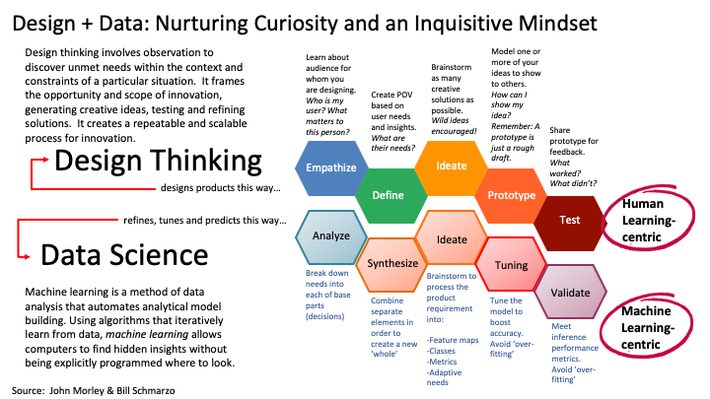
Figure 5: Blend Design Thinking with Data Science to Nurture Curiosity
Summary: Unleashing Your Inquisitive Mind
Our society is facing wicked hard problems where standardized approaches just won’t work (and in fact, many of these standardized approaches have gotten us into this predicament). Unleashing our natural curiosity and inquisitive minds is critical to addressing these problems.
In the preface of my new book The Economics of Data, Analytics, and Digital Transformation, I state the following:
The COVID-19 pandemic has been exacerbated by incomplete and opaque data supporting suspect analytics, economic turbulence despite trillions of dollars spent in overly generalized financial interventions, and civil unrest from years of ineffective blanket policy decisions. The ability to uncover and leverage the nuances in data to make more effective and informed policy, operational, and economic decisions is more important than ever. However, improving decisions in a world of constant change will only happen if we create a culture of continuous exploring, learning, and adapting.
The same old standardized business and operational processes won’t help us to create a culture of continuous exploring, learning, and adapting necessary for us to make the necessary informed policy, operational, and economic decisions to help us address these wicked hard problems. We must embrace curiosity and an inquisitive mindset to explore, try, test, fail, try again, and try again until we discover / blend / create ideas that might lead to better business, operational, environmental, and society outcomes.
[1] “How Bellingcat tracked a Russian missile system in Ukraine” https://www.cbsnews.com/news/how-bellingcat-tracked-a-russian-missi…
